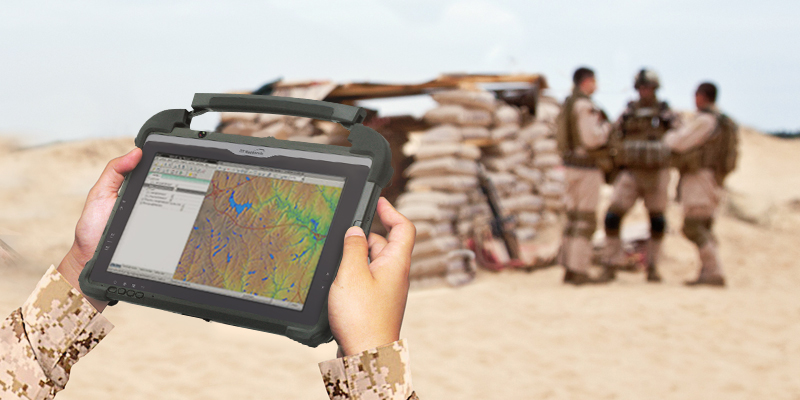
Data is key for military personnel in charge of making decisions for where to deploy troops, field assignments, and inventory of supplies on the base. Data-driven decision-making enables military personnel to utilize real-time information to make decisions while personnel are in the field or on the base waiting for assignments.
Big data collection techniques are also being adopted by the military to glean more information from many different types of data collected from intelligent sources — from drones to automated cybersecurity systems, to multiple databases and other sources – data is a strategic asset to the military. This technology helps troops who are assigned in the field, while also being used to improve operations on the base ranging from software development to vehicle maintenance management.
Intelligence Gathering
Intelligence is at the heart of all strategic planning and mission implementation in the military. Traditional intelligence gathering in the field includes teams splitting up, gathering information, returning to base, and writing reports — and then the different teams may or may not learn of what the other teams discovered. If they do gain access to this information, it is typically days later once the person who collected it has filed the most up-to-date reports. This is quickly becoming an outdated way to collect information. Through the use of big data tools and software, data collected is analyzed and information interacted with in a meaningful way to promote better decision-making in real-time.
Rugged tablets enable real-time communication sharing of data collected into the network. Multiple streams of data can be collected into the tablet at once, then data is organized and made available to anyone with access to the network allowing for real-time decision making to be made based on the information collected.
Streamlining Military Operations
Supplies are one of the most important elements when military operations are underway. Strategic planning requires quick responses in order to maintain accurate defensive positions that are supplied adequately. Inventory of food, vehicles, tools and other needed supplies must be maintained and consistently updated. When a unit or ship completes its deployment, the supplies from the deployment need to be replaced, which means accurate details of what was used and what supplies remain are necessary. Rugged tablets assist with managing inventory of all supplies being used in the field and on the base, updating the systems in real-time so that personnel can order supplies prior to running out, and also be notified if shipments are running behind so plans can be made if necessary items are on backorder.
Improve Contingency Planning and Response
In the military, time is of the essence. Mission analytics can redefine the relationship between time and rigor by quickly transforming detailed insights into feasible courses of action without sacrificing quality or mission objectives. When incidents occur, mission analytics can provide a dynamic planning capability, immediately assessing and recommending the optimal positioning of remaining military assets to cover the missions in a given region. Further, when assets are repositioned to address the highest-priority missions, analytics can be used to assess the increased risk to other operations so that defense leaders can make informed reallocation decisions. When things change, mission analytics allow for quicker, more informed responses. Rugged tablets enable better communication across teams and multiple departments ensuring everyone is on the same page when it comes to information being collected, allowing for leaders to make decisions in real-time.
The collection and utilization of big data are changing the way people work. The military is utilizing the collection and analyzation of big data for mission-critical operations, real-time decision making, and supply inventory efficiency.

